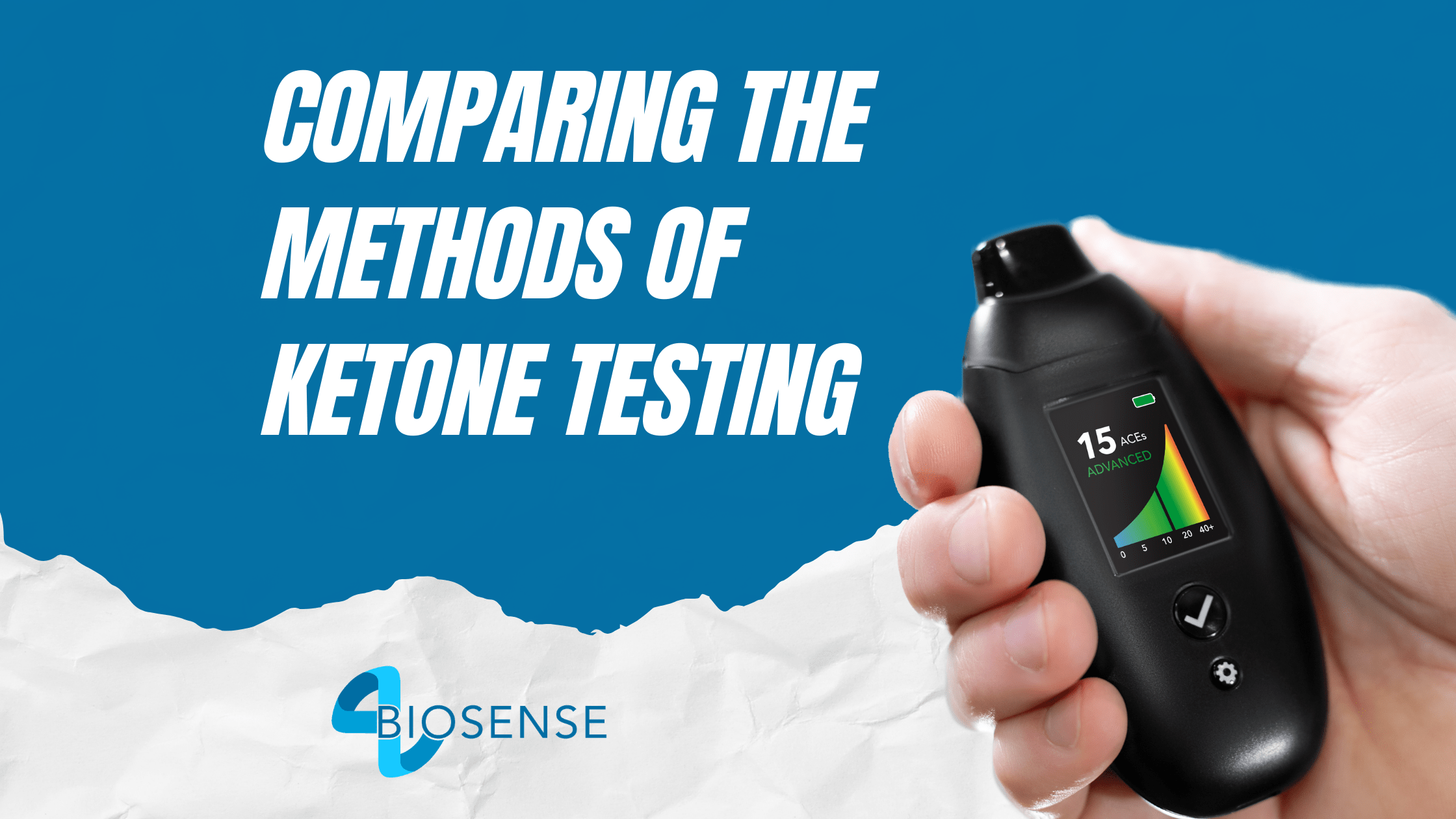Adding Fasting to Your Life? Here’s How to Fuel During Your Eating Hours
You weighted the pros and con’s related to the best fast for you and you are rearing to go. If you did your research, and even dipped your toe in a few studies, then you may have also seen that the actual nourishment when not fasting is often not studied. That doesn’t mean you should ignore diet altogether. After all, you may be fasting to reduce inflammation, live longer, or manage or prevent a chronic disease. What you put in your mouth has implications for all of these. Additionally, if you are focusing first on diet, a fasting approach can provide even more benefit. A recent study found that there were more health benefits with a diet such as Mediterranean or the DASH diet when used in combination with fasting than with the diet by itself. Additionally, if you are adding fasting to a dietary protocol, you most likely don’t need to count calories either. An animal study found that when rats fed the same amount of calories compared to a control group, but just in an intermittent fasting structure, they weighed 28% less and had no adverse health effects stemming from a higher fat, higher calorie diet.
This article will focus on important dietary and eating patterns you should follow “fuel your best” during a fast.
1. Focus on quality over quantity
You’re fasting, and in your off hours, you may want to celebrate with processed meals and snacks. You just went 16 hours with nothing, so you’ve earned it, right? Wrong. Rewarding with food can lead to a whole host of bad habits but a larger problem surrounds the blood sugar roller coaster that can accompany such a decision. After all, you’re probably not celebrating with a big bowl of broccoli. A high quantity of snacky ultra-processed (hyperpalatable) foods may have many undesirable effects. For one, it may impede your actual fasting efforts. A 2020 study found that a chemical made by the body that provides feelings of pleasure (dopamine) is linked with the body’s biological clock. When high calorie, high refined carbohydrate and high sugar foods are consumed, the normal biological eating schedule is disrupted. This results in overeating and even eating at odd hours. In addition to the overeating problem, highly processed foods are also more likely to lead to an increase in certain chronic diseases such as cardiovascular disease. A steady stream of ultra-processed foods can also increase the risk of an early death.
If you really want to celebrate your adherence to your fasting hours with food, then choose foods that love you back. A diet that is prominent in whole foods and plants can help to achieve this. Approaches such as the Mediterranean diet, and the MIND diet are perfect examples of dietary patterns associated with a reduce risk of chronic disease and increased longevity. It’s not just weight though – recent studies have found promising benefits to cognitive health as well.
Mediterranean diets are high in:
- Fruits and vegetables (especially berries and green leafy vegetables)
- Nuts and seeds
- Abundant olive oil
- Fatty wild fish such as salmon and trout
- Whole grains (especially intact grains)
- Beans and legumes
- Moderate amounts of skinless chicken and turkey breast
- Moderate amounts of red wine
- Avoidance of sugar, red and red processed meats, and processed refined grains
2. Manage protein
The last decade has brought insight in just how different animal and plant protein are on longevity and chronic disease risk. While you may be tempted to eat a pound of bacon for breakfast and a steak for dinner after a fast, doing some on a regular basis may mean an increased risk of certain cancers as well as multiple chronic health conditions. Protein is important for good health, there is no doubt about it, but balancing your protein needs with your activity level, age, goals, and chronic disease risk factors can be critical to your diet during your “feasting” hours.
A 2020 study found that diets high in plant proteins could help in achieving a longer life. Another study, comparing animal and plant proteins, found that while animal proteins could contribute for worsening health, plant proteins could play a role in maintaining good health – especially metabolic and cardiac health.
The first step may be to first determine the appropriate number of grams per protein you should consumer each day. This calculation is one that is used in dietary and hospital settings and its good benchmark for your range. Then, determine which animal proteins you can convert to plants. This does not mean you can’t have any animal protein if your goal is better health, it just means that plants should dominate. Additionally, you should also avoid going protein crazy during your eating windows, regardless of which type of protein you are choosing. Several studies have found an association with very high protein diets and reduced longevity due to the impact on Mtor and IGF-1 levels in the body. Here are some ideas on how to substitute:
- Instead of a burger derived from poultry or cows, consider burgers made with mushrooms, seeds, and nuts
- Top salads with marinated and grilled tempeh over steak
- Choose nut butter or avocado on toast over butter or eggs
- Snack on nuts and seeds more than you do animal jerky or cheese sticks
If your fasting goals are associated with ketosis, then your protein content will really matter. This is due to a concept where protein by products may be converted and turned into glucose. The process is known as gluconeogenesis, or the new formation of glucose. You can thank the liver and the amazing role in plays in keeping you alive for this worrisome process in the keto world. While both ketosis and gluconeogenesis are processes that occur when glucose, the body’s preferred fuel are depleted, they differ in when they may occur. A lot of protein at the beginning of a ketogenic plan can delay how long the body takes to get into ketosis. This is because the body may attempt to convert protein before it goes onto the arduous and energy depleting task of tapping into fatty acids. Ketone numbers may remain low during this time. The quicker you want to enter ketosis, the lower your protein (in addition to carbohydrate) should be.
3. Choose Real Food most of the time
If you really wanted a double bacon cheeseburger at 2:30 am; you could probably get one. We live in a world where food is often just a quick drive, internet click or phone call away. Due to this reality, the thought of fasting makes sense in terms of evolution and biology but not really in the modern world we live in. This is perhaps the exact reason why you should fast in the first place. I mean, could you even imagine what our great grandparents would say if they walked into a grocery store today?
Choosing foods that are colorful, nutrient dense, and can made at home are key to fighting against an environment that wants you to eat outside the home. Start by choosing foods with fewer ingredients and that meet the actual definition of “food,” not food like substances. Best-selling author Michael Pollan once defined food as “something that comes from nature, was fed from nature and eventually rots.” In addition to this, years later he recommended to “eat food, mostly plants, and not too much “as the solution to the standard American diet (often referred to as the SAD diet). If the thought of following a specific dietary pattern during fasting seems too overwhelming, then focus first on just eating food, the majority of which should be plants. You can do this in a variety of ways
- Outside of milk (cow or dairy) and moderate alcohol consumption, focus on chewing your calories, not drinking them
- Get a variety of color in your diet. Though having kale every day is great, coupling it with other colors like orange (carrots and sweet potatoes), reds (raspberries and tomatoes), blues and purples (colored cauliflower) and yellow’s (yellow peppers) can add in a variety of phytochemicals and varying fiber sources. These may be the best contributors to an overall healthy gut microbiota.
- Choose foods with less ingredients (and ones you can pronounce)
- If you must choose a snack like food, take advantage of options that are made with beans and lentils.
- If you must have some sweet, get it naturally from berries, or from options such as stevia, monk fruit, allulose, or erythritol. You may also have small amounts of sucralose, honey, or maple syrup (berries, maple syrup and honey will all increase insulin and glucose and should be avoided if you are following a keto plan).
- Mind your business – if your constipated, you are probably not getting enough fiber in and if your urine is a deep yellow, you’re most likely not hydrating well.
4. Mind the Booze
The marketing of lower calorie, lower carbohydrate and lower sugar wine has exploded in the last 18 months. Popular brands are making better for your waistline options, and companies are focused on keto friendly wine subscriptions coming from one or a variety of vineyards. The first thing to keep in mind is this; not all these options are low in alcohol. More alcohol obviously means more calories, but alcohol is metabolized differently than carbohydrates, fats, and proteins. The body sees it as a poison and therefore will work to get it broken down and out as soon as possible. This process takes precedence and will occur before anything else can be metabolized. That means, your glass of wine could hit the pause button on the fat burning you sought to achieve with the keto diet. The lower the alcohol content on a wine, the better.
A lot of us are also not measuring either. Having too much alcohol can easily make you forget about your intended fasting window and may have an adverse of everyone’s greatest fear – belly fat. Additionally, if you are on a keto pattern while fasting, going over the recommended portion may impact ketone levels as well.
If your fasting involves a keto approach, you can purchase from keto friendly suppliers. You can also figure out keto friendly wines on your own as well.
- Do your research on the carb content of various wines by talking with wine makers and learning how their wine is made. Other options are to become friends with a local sommelier who may be aware of types of wines with lower residual sugar content.
- Look for wines identified as “dry” which means that the wine has been fermented fully (and thus, all the sugar is gone). These will be the least sweet options in the wine aisle. Keep in mind, however, that even dry wines can range in their residual sugar content depending on price point and brand.
5. Eat until you are no longer hungry, not till you are full
This is perhaps the hardest thing to accomplish, especially when you are in your eating window. This is also something not necessarily natural in the Western world (filled with all those processed foods already discussed). However – if you can accomplish this, then you will have truly embraced what it means to “fuel” the body as opposed to feeding emotions.
Why do we often ignore the signs and eat to fullness to begin with? Let’s start a review of the hormones that provide the insight to eat and stop eating. When the body senses that you need to refuel the tank, it releases a hormone called Ghrelin to tell you to eat. It’s like a toddler pulling at your arm – and it’s powerful. I feel hunger, and my body is telling me something. After the body feels that you have adequately fueled, it releases another hormone, leptin, to tell you to put the brakes on. I like to envision this process as the same one that occurs when you fill your gas tank up. The red light comes on to tell you the tank is almost empty (that’s ghrelin) and so you stop at the station to fill up. Once the tank is filled, the pump automatically stops (that’s leptin), and you’re done for the next 300 or so miles (depending on usage). The car is a bit more efficient though, and we don’t often stand there are say “nah…. I’m going to give some more gas, even though the pump has stopped.”
Fullness for many means “I’m done” but once you feel full, you have over fueled and are providing the body more than what it asked for. You may also think of this method as mindful eating. Other ways to incorporate mindful eating include:
- Chewing more – studies show that taking the time to chew your food may help with realizing that the body is no longer in need of food
- Eliminate distractions – eat without the phone in your hand, without the TV on, and without the paper in front of you.
- Put down the utensil in between bites – doing so will naturally slow you down and cause you to chew more
- Assess the environment – studies show that external cues can throw off even the best healthier eating plan. The smell of food, seeing others eat, even the color of the walls may all distract your ability to slow down you’re eating. Be aware of them.
Your fasting efforts should always be complemented with high quality, nutrient dense foods during your eating hours. Choosing quality over quantity and looking at your eating hours as “fueling” hours will help you reach your health and weight goals.



